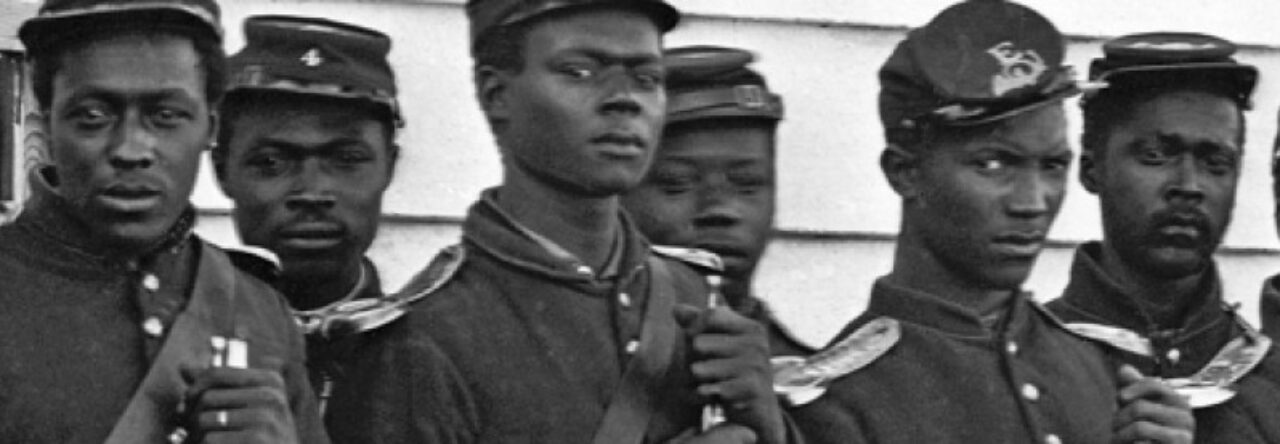Music is a crucial component of many of our youths’ lives. It is a means of understanding the culture of today as well as a means of escape from the realities of our not so perfect world. It may be that such a statement might be disagreeable to many, but needless to say most would agree that if not completely true, it is partially true at best. If the youth of today use music to comprehend the realities of today and identify themselves in some sort of cultural mold within a genre of music that fits within the perimeters of their world, it makes sense to teach music of the past to help them identify or make comparisons with the past. By no means am I an expert at teaching history through music, more or less I just dabble in the tool as a way to promote understanding and increase knowledge of the past to our youth. Music, or lyrics, can be just one more means to teach content.
The first time I was introduced to music as a criteria to teaching history was in kindergarten. It is with great clarity that I can recall singing “America the Beautiful” amongst my peers every morning after reciting the Pledge of Allegiance. The song has stayed with me for nearly thirty-eight years, and yet kindergarten was the only class I would ever hear that song as a means to teach our history to students. It is a significant observation, and one that has left an impression. I use music as a means to engage students along with other primary sources and images of our past.
There are numerous sources available through the Internet for almost any topic discussed in the American History class. It is a wonderful time to be a teacher as knowledge is at our fingertips. For example, if you are creating a lesson plan about John Brown simply type in “John Brown Song (or lyrics)” and you will find an array of resources about the song and its history through the course of the years after John Brown’s death.

Some sources to check out:
www.mcgath.com/freesongs.html
www.contemplator.com/america
http://folkmusic.about.com/od/folksongs/American_Folk_Songs.htm
“Too Late to Apologize: A Declaration”
[youtube_sc url=”http://www.youtube.com/embed/uZfRaWAtBVg”]
You can also find the video on schooltube.com, vimeo.com/12954087 and other sites
Another great video about the Declaration of Independence is the History Reimagined video (not really related to my blog, but definitely a video to show the kids if you teach about the Declaration of Independence):
[youtube_sc url=”http://www.youtube.com/embed/xw_1I1oYApw”]
If you teach world history you should check our the “history teachers” series on youtube. My wold history students love the videos and often tell me they can remember facts about the topic being studied more from the videos than other assignments related to the topic. Even if you do not teach world history you may want to share the videos with your friends who do. Here is a link to one:
[youtube_sc url=”http://www.youtube.com/embed/wXsZbkt0yqo”]





